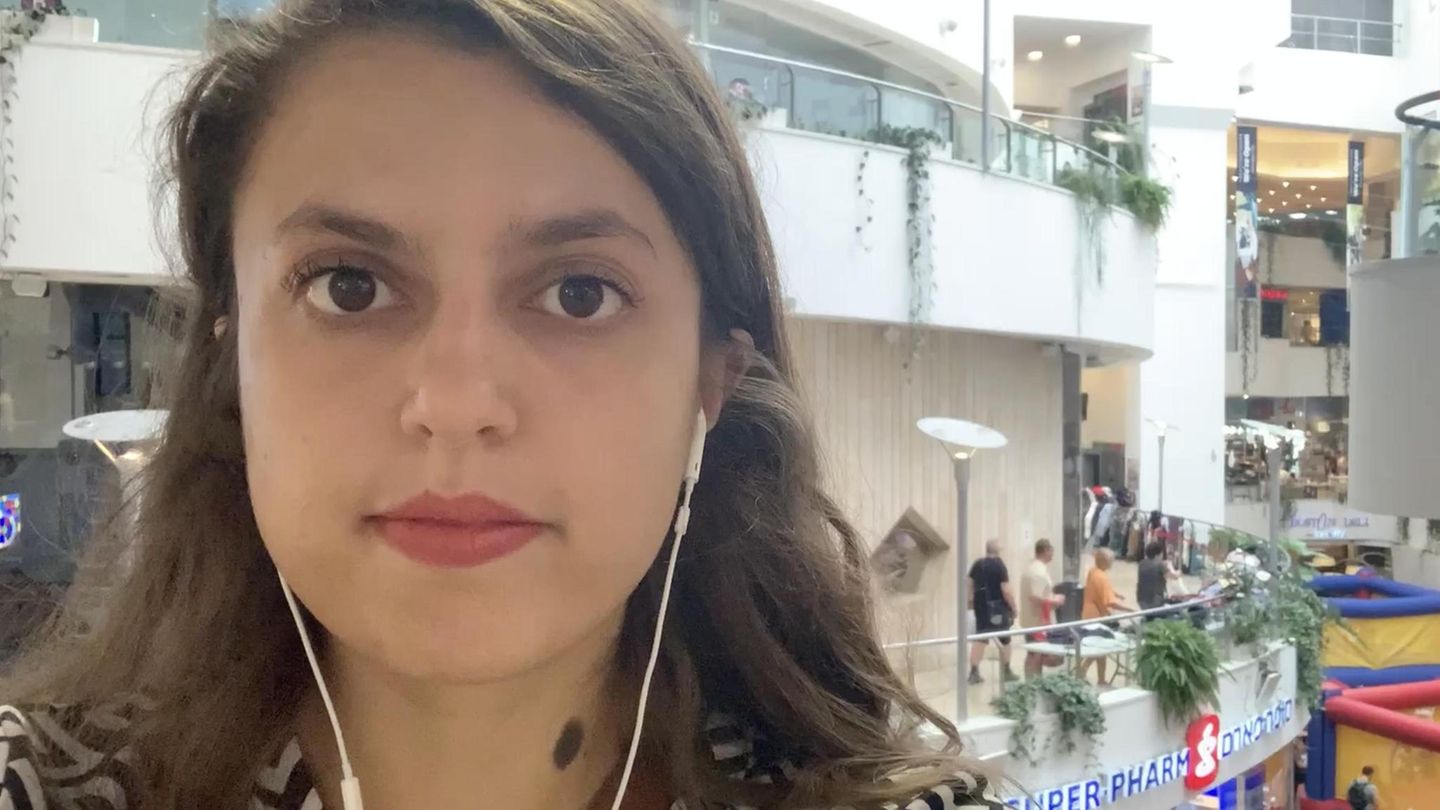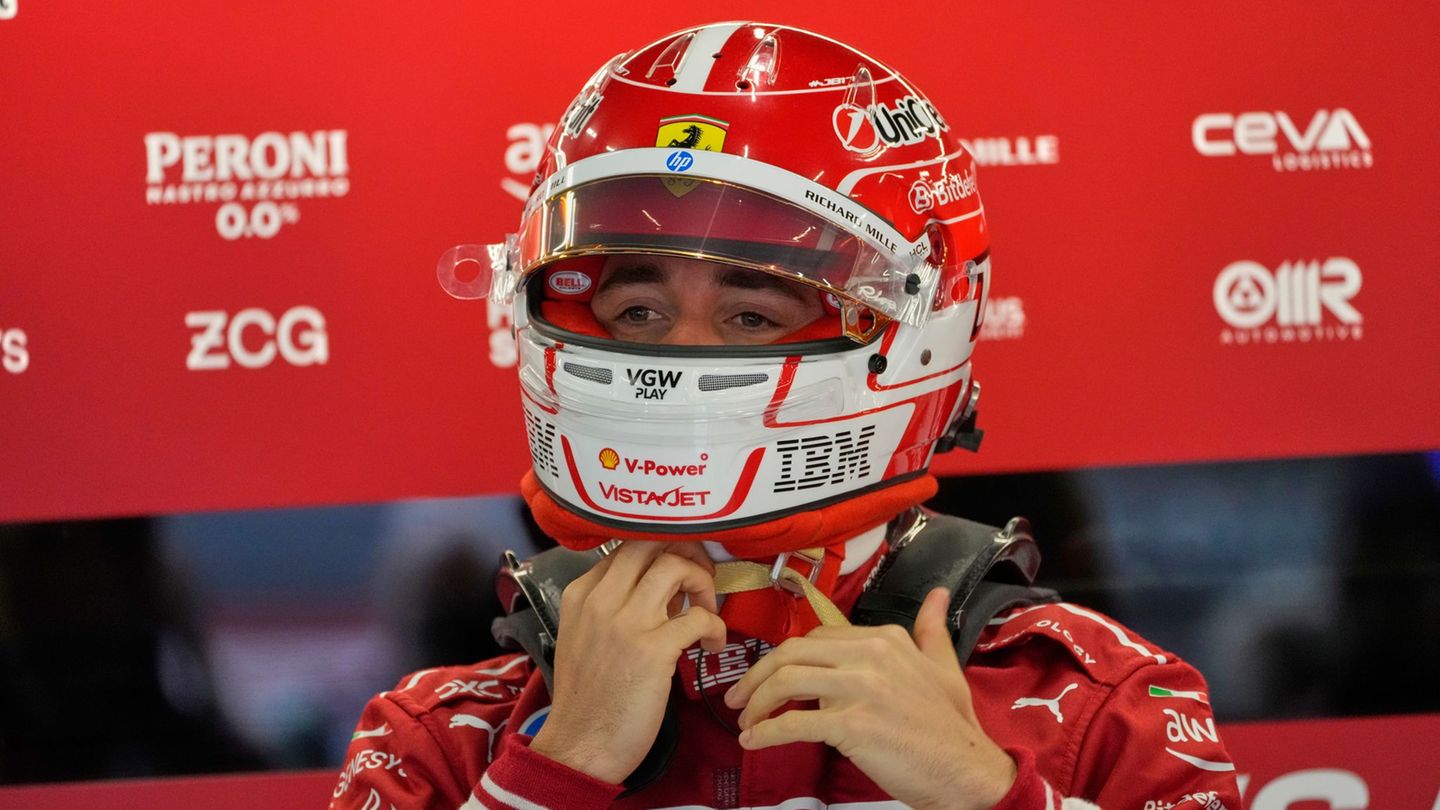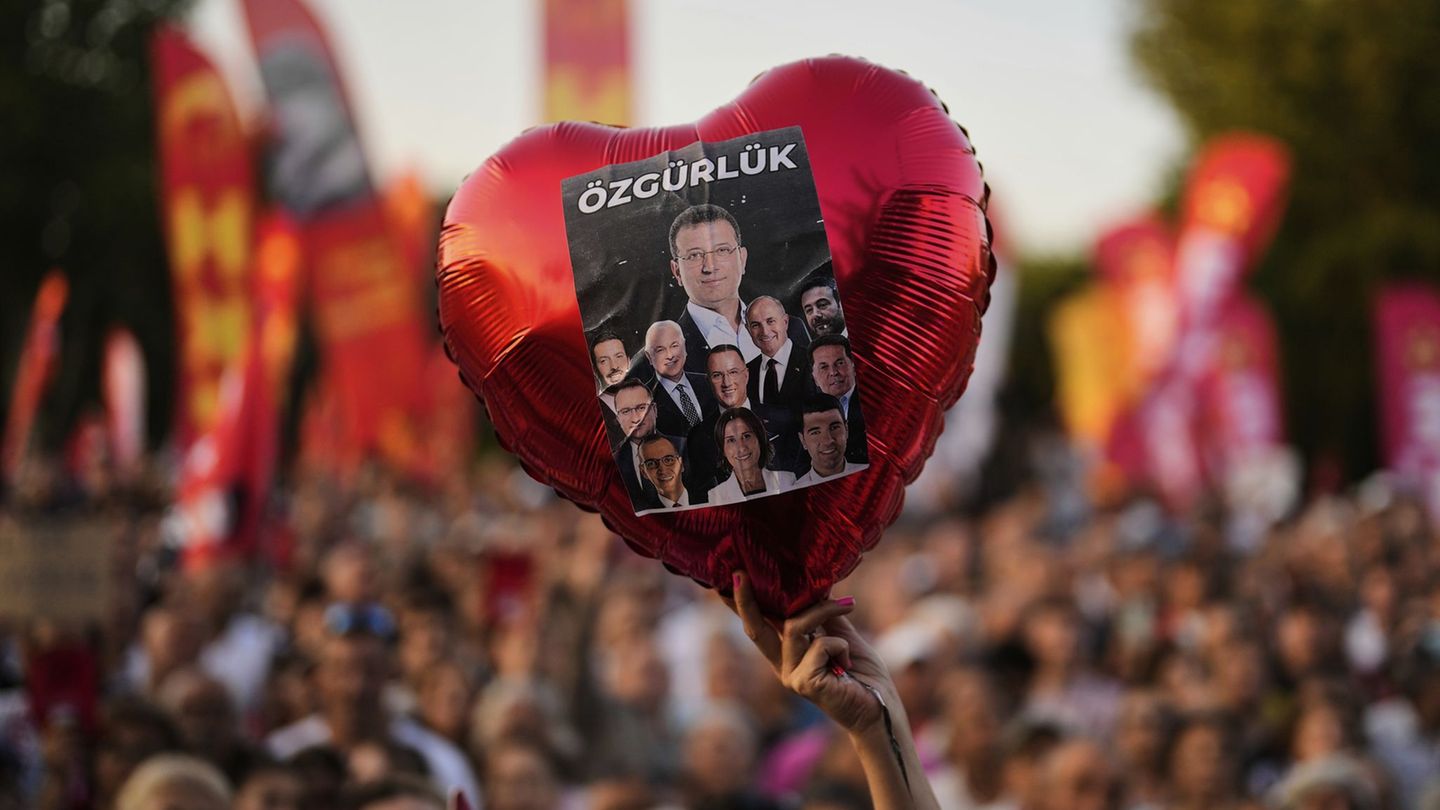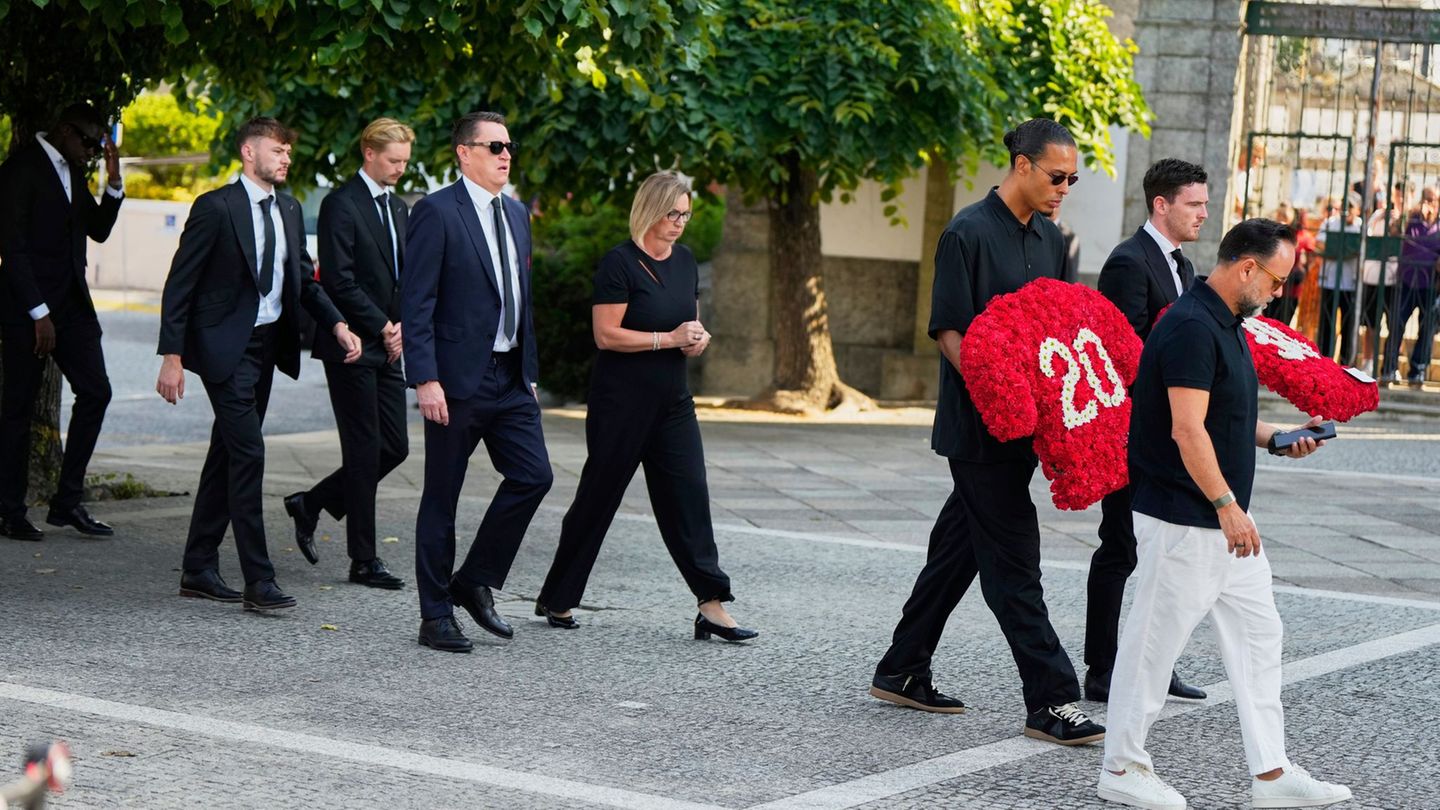How does the stern editorial team choose which events and stories we report from the war zone in Gaza? How do our reporters on the ground in Israel try to clarify what is fact and what is propaganda, and how do we explain that? An insight into our work.
The war in Gaza is also a battle of opinions and it is also being waged outside the combat zone. On the internet, on social media, on television, in newspapers and magazines. It is also maintained within our editorial team. Does Israel have the right to defend itself with all available means after Hamas’ terrorist attack – even if several thousand civilians die in the process? Or are war crimes being committed here because even 1,400 deaths at the hands of Hamas do not justify the fact that hundreds of innocent children are now dying in Gaza?
We journalists have an important responsibility, especially in Germany with its history of the Holocaust. What fates do we tell? Whose suffering are we addressing? How do we manage to convey to you, the readers and viewers, that we journalists are also at risk of being exploited by one side or the other, especially in times of war?
When there’s a rocket alarm, go to the gym – this is the shelter
The star has been present in Israel since the beginning of the war with three journalists on site, as well as photographers who work for us and local helpers who we call “stringers” or “fixers”, often these are local reporters who use their language and support local knowledge.
Reporter Marina Klimchuk says: “Our base is currently a hotel on the beach in Tel Aviv. But we never go to the beach, there is no time for that. In addition to us, evacuated Israelis from the north of the country live in the hotel, Israelis and Ukrainians work at the reception and Russians, the cleaner is from Belarus. We talk to them a lot because no one else lives in the hotel and they have a lot of time. When there is a rocket alarm, we meet in the gym, which is also a shelter. From our base we drive or I go on research, to Jerusalem, to the south or north of the country, to the West Bank to Bethlehem, Ramallah, or, as I am right now, to the Israeli settlements, where I am researching the topic of settler violence.”
Being there, talking to Israelis and Palestinians, getting different opinions is more important than ever in these times. Just as important: your own safety. None of our reporters are currently working from Gaza – more than a dozen journalists have died there. The starHowever, the team is in contact with people on site, with doctors, helpers, but also with families who fear for their lives every day. This is how we try to convey what is going on in Gaza. When it comes to the number of people who died there, we, like other media outlets, rely on the data published by the Hamas-controlled Ministry of Health in Gaza. We try to make this transparent.
Even outside the battle zone itself, our reporters come across scenes that stir them up: Katharina Kunert says: “As I stand in Kibbutz Be’eri, explosions keep shaking the empty walls. The village where Hamas was particularly brutal is only four Kilometers from the border with Gaza. Traces of blood can still be seen on the sidewalk near a playground, including a wide stain with a footprint in it. Residents here, including Holocaust survivors and families with small children, were torn from their beds early in the morning , many tried to escape from the terrorists barefoot and in their pajamas. I see cars shot up, houses burned down, mattresses with holes and dried blood stains in them. The sight of the crime scenes and the smell of blood still wafting through the humid air are difficult to bear. Nevertheless, as a reporter, it is important to me to have experienced this myself. Not only in order to be able to describe the impressions, but also in order to have background knowledge from my own experiences when talking to interviewees.”
There is great distrust on both sides
The atmosphere in Israel is heated, there is great mistrust not only between Israelis and Palestinians but also between Jewish and Arab Israelis. The star tries to let both sides have their say, for example both the former Israeli chief of staff and the Palestinian Authority minister responsible for Palestinian prisoners in Israel. Reporter Marina Klimchuk: “Some people are desperate to speak, to tell the world their story. Others, especially Palestinian interviewees, are often hesitant. They are afraid of what consequences an interview could have for them. Sometimes we try to make it clear how important their “There are voices, but we always respect their decisions. It’s not uncommon for people we’re talking to to say things that we can’t quote them on – propaganda, hatred and a distorted understanding of history are widespread.”
Reporter Katharina Kunert also reports on this experience: “Both sides want to portray something specific with the information they provide: their own strength, for example, or the particular cruelty of the other side. How false news entangles both sides can be seen in many conversations with Jewish people and Arab-Muslim people in Israel. In the conversations we have, we don’t want to convince them otherwise, but to find out: Why do they want to believe this news? And what conclusions do they draw from the news?”
The work of journalists in this war, as is often the case, is like putting together a puzzle. Many parts, i.e. many conversations and impressions, give a sometimes more, sometimes less precise impression of the situation. We as star see our task in conveying what we know, what picture we have created – so that you can make your own. But we also see our job as showing them the missing pieces of the puzzle and explaining what we don’t know. We are convinced that one cannot work without the other.
Source: Stern
I have been working in the news industry for over 6 years, first as a reporter and now as an editor. I have covered politics extensively, and my work has appeared in major newspapers and online news outlets around the world. In addition to my writing, I also contribute regularly to 24 Hours World.




